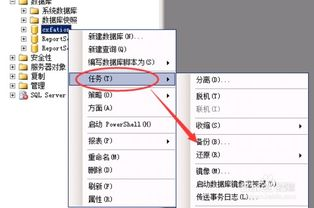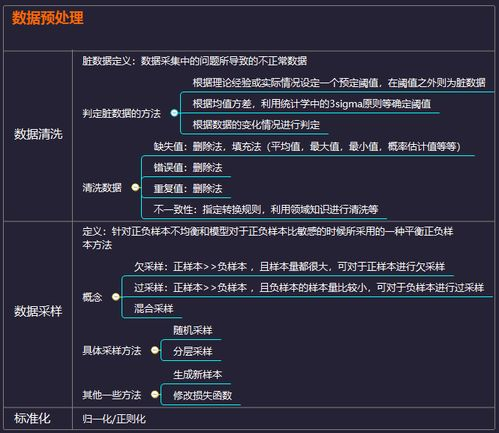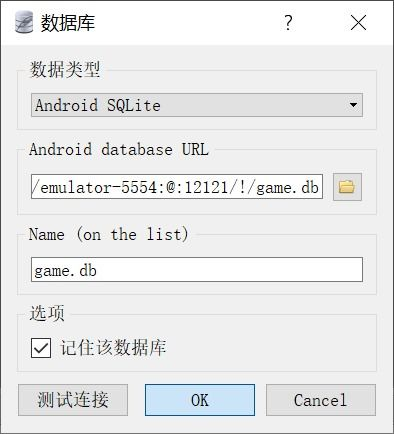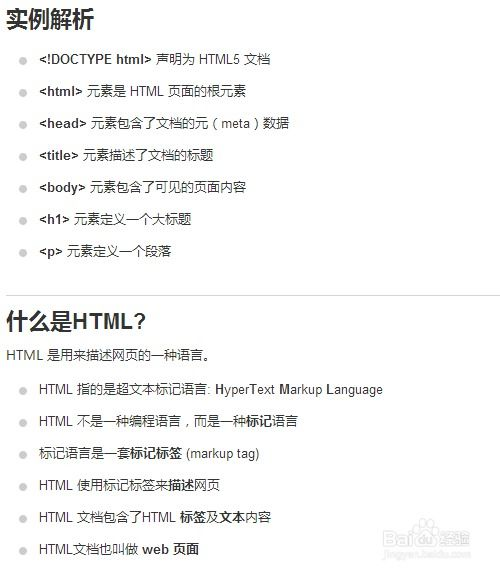ASP.NET Time Conversion to Date, Understanding Time Formats and Date Handling
Understanding the Basics of Time and Date Formats
In software development, handling time and date formats is crucial for the stability and efficiency of applications. ASP.NET provides a powerful way to manage these formats, allowing for conversions from easy-to-understand formats to more complex numerical representations, such as seconds since the Unix epoch. Seconds can represent a time span in the form of a numerical value, which can be converted into a DateTime object in ASP.NET. The Unix epoch starts from January
1, 1
970, 00:00:00 UTC.
Converting Seconds to DateTime in ASP.NET
To convert seconds into a DateTime object in ASP.NET, developers typically use the DateTimeOffset structure, which provides a more intuitive way to represent date and time. The conversion is straightforward: add the number of seconds to the Unix epoch date. Here's an example to illustrate this:
```csharp
// Example seconds since Unix epoch
long secondsSinceEpoch = 1633072800; // Example value
DateTime dateTime = DateTimeOffset.FromUnixTimeSeconds(secondsSinceEpoch).DateTime;
Console.WriteLine(dateTime); // Output: 2021-10-01 00:00:00
In this example, we convert the seconds since the epoch into a DateTime object that you can work with. It's essential to format this output correctly for display purposes.
Format the Output for User-Friendly Display
Once you have your DateTime object, you may want to present it in a more user-friendly format. ASP.NET provides the `ToString()` method, which allows you to specify the desired format. Here’s an example of how to format the output to a more human-readable string:
```csharp
string formattedDate = dateTime.ToString("MMMM dd, yyyy HH:mm:ss");
Console.WriteLine(formattedDate); // Output: October 0
1, 2021 00:00:00
In this example, we converted our DateTime object into a string that specifies the full month name, day, year, hour, minute, and second.
Ultimately, converting seconds to date formats in ASP.NET is a straightforward process that can significantly enhance your application's functionality and user experience. By understanding the core principles of date and time manipulations, developers can ensure proper handling of temporal data in their applications.





